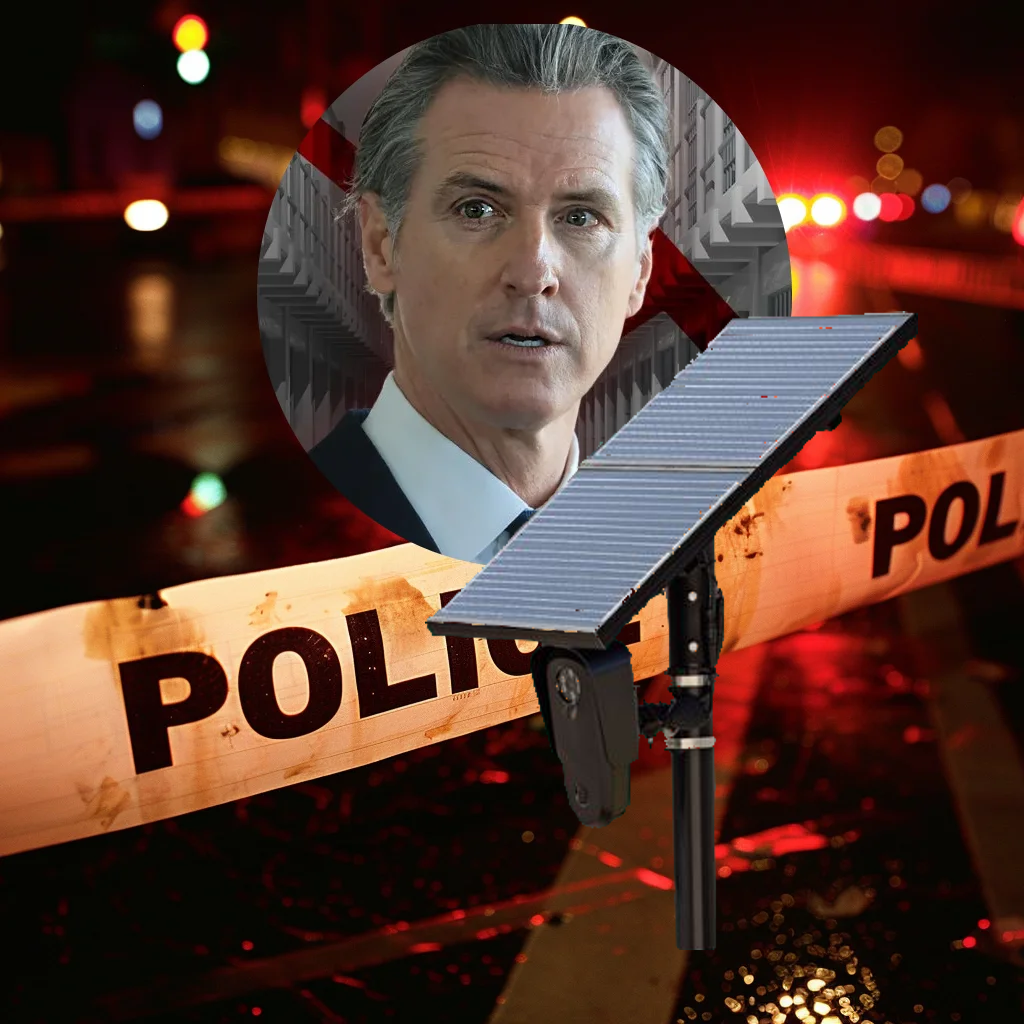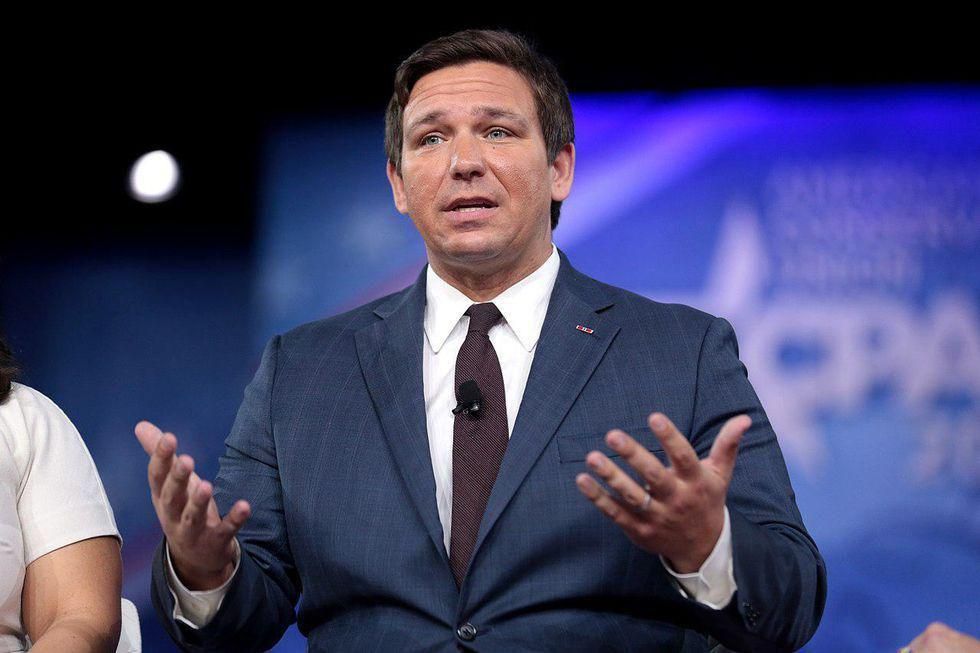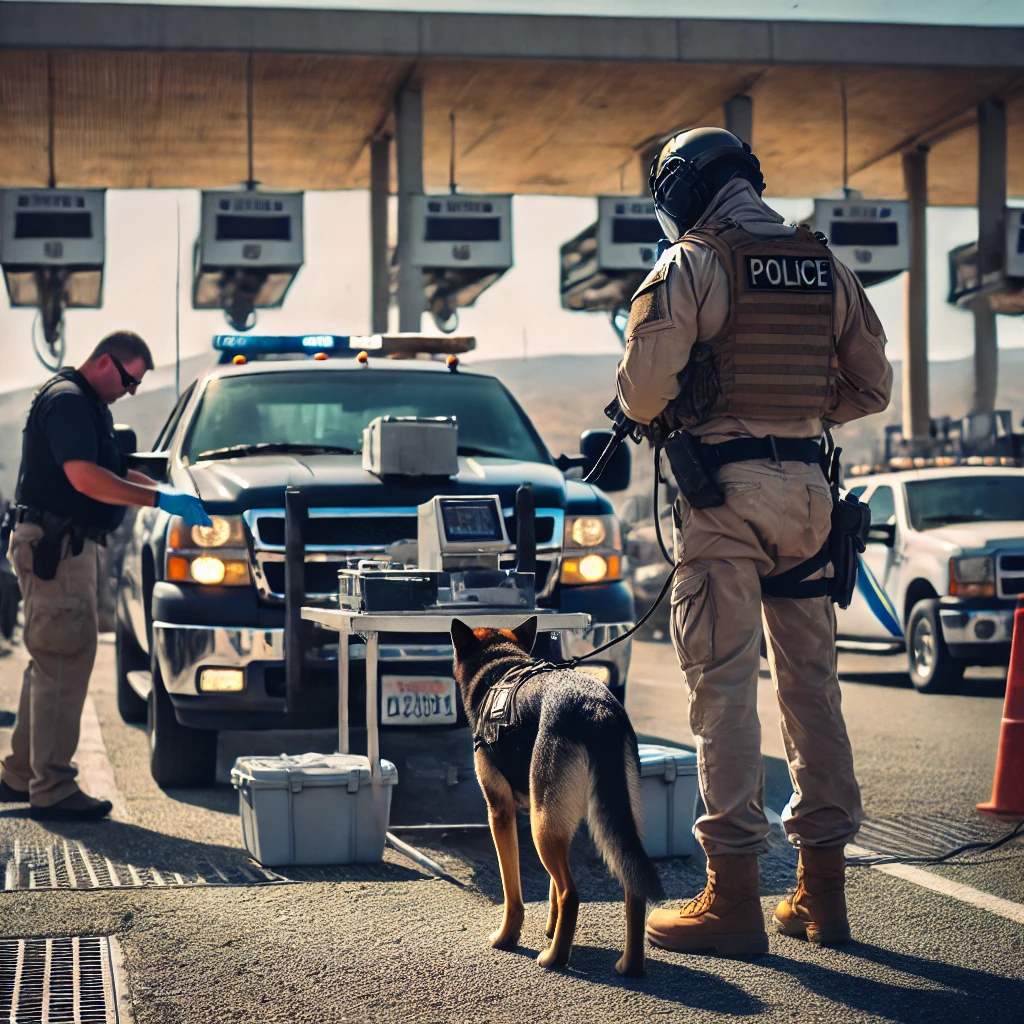Governor Gavin Newsom’s approach to the fentanyl crisis in California centers on intercepting the drug at its entry points, aiming to prevent it from ever reaching the streets. Since January 2024, the state’s fentanyl task force, supported by the California National Guard’s Counterdrug Task Force, has seized nearly 2.5 tons of fentanyl powder and over 8.8 million fentanyl-laced pills, valued at nearly $40 million. These seizures represent lives saved by stopping this lethal drug from infiltrating communities.

California’s strategy focuses on ports of entry along the southern border, where the task force gathers intelligence, builds criminal investigations, and deploys air and ground assets to interdict illegal narcotics. By stopping fentanyl at its source, this proactive approach seeks to prevent the proliferation of the drug rather than merely responding to its consequences. The effectiveness of this strategy is evident in a 1066% increase in fentanyl seizures since 2021, highlighting its impact in cutting off the supply chain.

In contrast, Governor Ron DeSantis’s strategy in Florida, while impactful, is largely reactive. The State Assistance for Fentanyl Eradication (SAFE) grant program provides funding for law enforcement to conduct large-scale drug operations within the state. This has led to the arrest of hundreds of drug traffickers and the seizure of significant quantities of fentanyl and other drugs. However, this approach primarily targets those already involved in the drug trade within Florida, rather than addressing the root cause of the epidemic—the entry of fentanyl into the state.

While law enforcement is crucial in combatting the drug crisis, focusing primarily on arresting traffickers and users may not be sufficient to stem the tide of fentanyl. By the time drugs are intercepted in Florida, they have already reached communities, meaning the damage is already being done. This approach can create a cyclical pattern, where drugs continue to flow in, and law enforcement must continuously play catch-up, addressing the symptoms rather than preventing the spread of fentanyl in the first place.

Governor Newsom’s strategy takes a broader view by preventing fentanyl from entering the state, which not only protects California residents but also reduces the availability of the drug across the United States. Since fentanyl is primarily smuggled into the country through ports of entry, California’s interdiction efforts serve as a critical frontline defense. By cutting off the supply, Newsom’s approach reduces the likelihood that fentanyl will reach users, thus diminishing the need for law enforcement to intervene after the fact.

This preventative approach is more sustainable in the long term. California’s substantial investment in interdiction, including doubling the number of service members involved in drug interdiction, reflects the state’s commitment to making a significant impact on the fentanyl supply chain. The belief that stopping fentanyl before it reaches the streets is the most effective way to combat the epidemic is underscored by the state’s $30 million investment to expand these efforts.

Governor Newsom’s strategy of targeting the source of the fentanyl crisis offers a more effective approach to combating this deadly epidemic. By focusing on interdiction at the state’s borders, California is proactively preventing fentanyl from reaching communities, thereby reducing the potential for addiction and overdose.

While law enforcement efforts like those in Florida are important, they are inherently reactive, dealing with the aftermath rather than preventing the problem in the first place.

Newsom’s approach, which targets the root cause, provides a more sustainable and impactful solution to the fentanyl crisis, making it a model for other states to consider.





